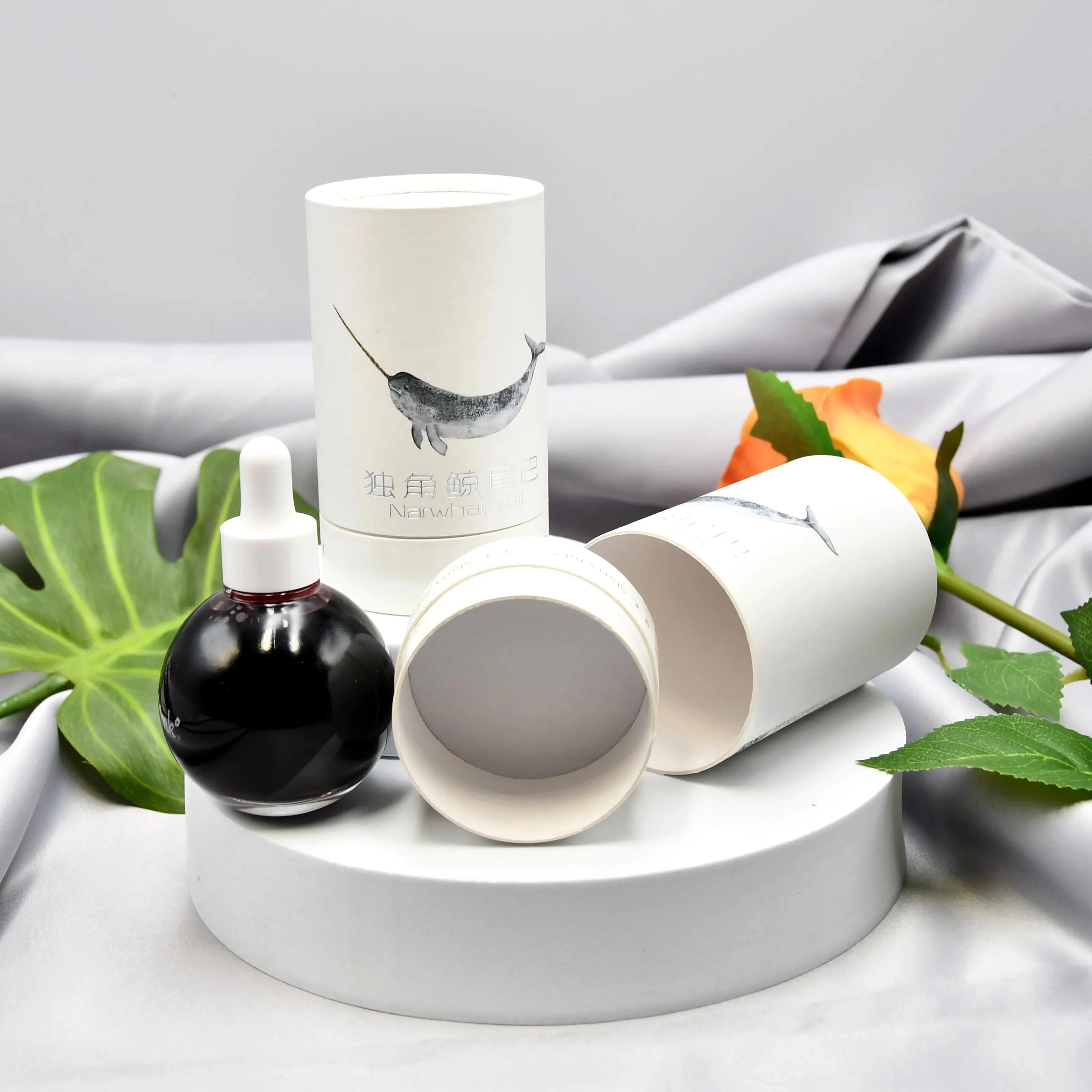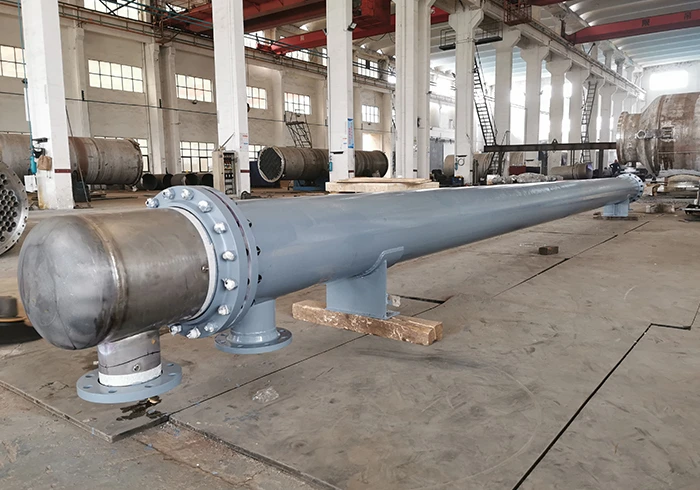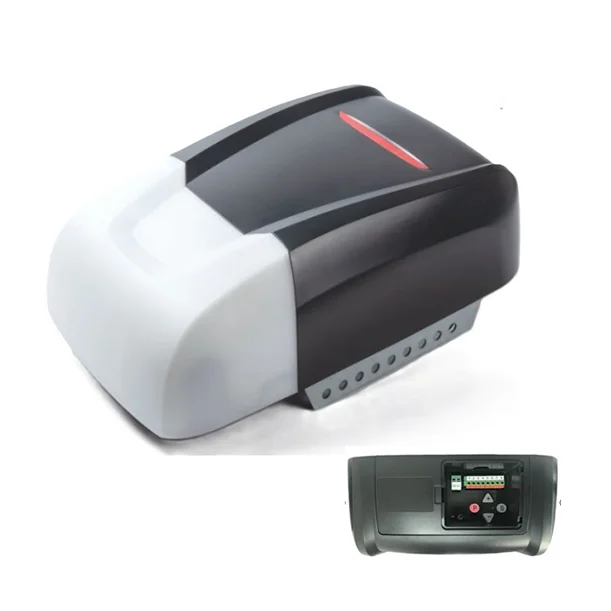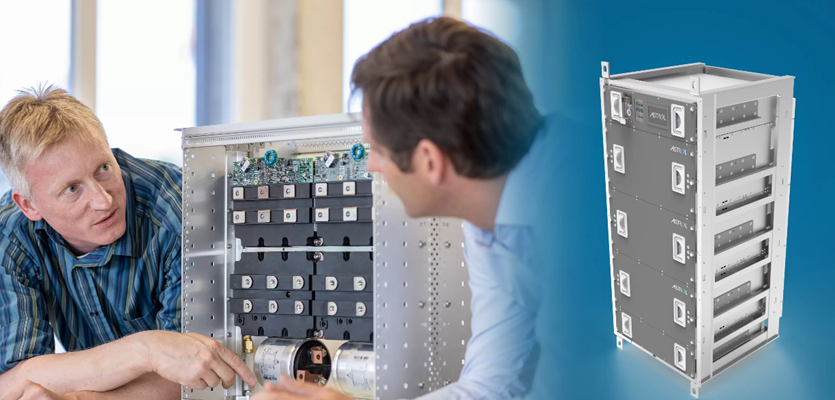Food packaging plays a crucial role in preserving the quality, safety, and freshness of products. With a myriad of options available, it is essential to understand the most common types of food packaging used across various industries. In this blog post, we will delve into the world of food packaging, exploring its different forms, materials, and their significance in ensuring the integrity of our food.
- The Rise of Flexible Packaging:
Flexible packaging has gained immense popularity in recent years due to its versatility, convenience, and sustainability. This type of packaging includes pouches, bags, and wrappers made from materials like plastic films, paper, and aluminum foil. Its lightweight nature reduces transportation costs and carbon emissions, making it an eco-friendly choice. Additionally, flexible packaging offers excellent barrier properties, protecting food from moisture, oxygen, and light, thereby extending its shelf life. - The Sturdy Shield: Rigid Packaging:
Rigid packaging, such as glass jars, metal cans, and plastic containers, provides robust protection to food products. It is commonly used for items that require extra durability, such as beverages, sauces, and canned goods. Rigid packaging not only safeguards the contents from external factors but also prevents contamination and tampering. Furthermore, its transparency allows consumers to visually assess the product's quality and freshness. - The Sustainable Alternative: Biodegradable Packaging:
In response to growing environmental concerns, biodegradable packaging has emerged as a sustainable solution. Made from renewable resources like plant-based materials, biodegradable packaging decomposes naturally, reducing waste and minimizing ecological impact. This type of packaging is commonly used for perishable goods, such as fresh produce, as it helps maintain optimal humidity levels and prevents spoilage. - The Protective Shield: Vacuum Packaging:
Vacuum packaging involves removing air from the packaging before sealing it, creating a vacuum inside. This technique is widely used for perishable foods, including meat, fish, and dairy products. By eliminating oxygen, vacuum packaging inhibits the growth of bacteria, molds, and yeasts, thereby extending the product's shelf life. It also helps retain the food's natural flavors, colors, and nutritional value. - The Sustainable Warrior: Recyclable Packaging:
Recyclable packaging has gained significant attention in recent years due to its positive environmental impact. Materials like cardboard, paperboard, and certain plastics can be recycled and repurposed, reducing waste and conserving resources. Many food companies are adopting recyclable packaging to align with sustainability goals and meet consumer demands for eco-friendly options.
Conclusion:
Food packaging is a critical aspect of the food industry, ensuring the safety, quality, and longevity of products. From flexible packaging to rigid containers, biodegradable options to vacuum-sealed packs, and recyclable materials, the industry continues to innovate to meet consumer needs while minimizing environmental impact. By understanding the various types of food packaging available, consumers can make informed choices and contribute to a more sustainable future.




